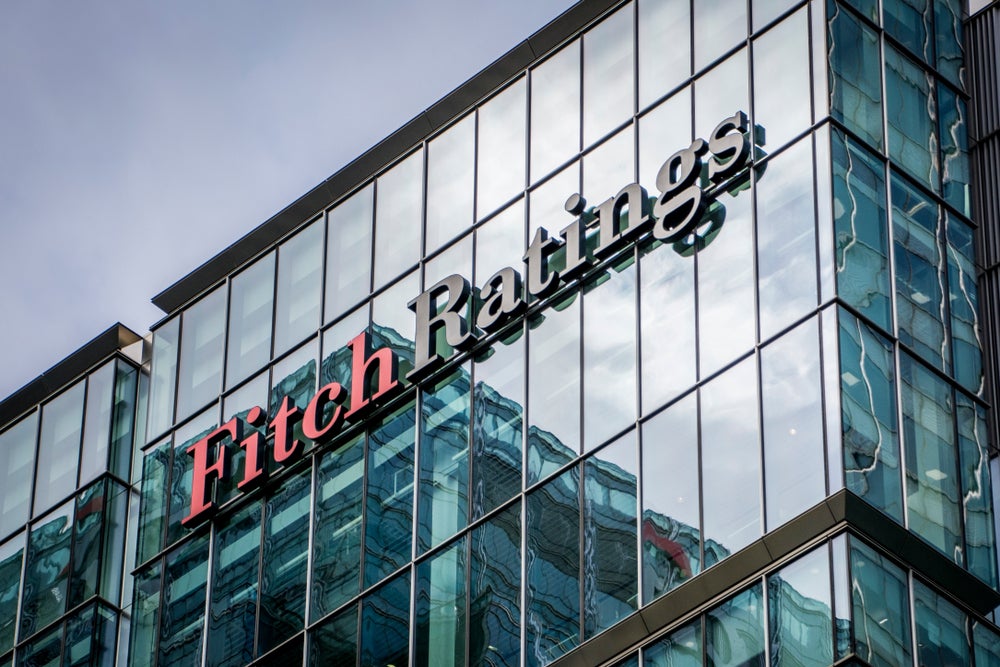At the end of 2008, only one man seemed to
have a smile on his face – John Maccarone, the CEO of the world’s
largest container lessor, Textainer, who said that 2008 had been “a
very good year” for the industry.
Maccarone made two predictions for 2009:
first, that further traffic and rate slumps would prompt capex
reductions for all the major lines, raising leasing penetration
among box fleets despite dwindling volumes. Secondly, that intense
consolidation would ensue, as – in his words – “less well financed
leasing companies will look for bigger partners”.
Unsurprisingly, he was not wrong. Analysts at
Morgan Stanley have predicted a 3 percent reduction in global
container traffic this year, which takes into account the continued
growth of Chinese port traffic.
Maccarone’s second point has been proven by
Textainer’s acquisition of the management rights to the
150,000-strong 20ft box fleet of Amficon, the largest container
lessor both owned and operated from the UK, bringing total fleet
size up to 2.2 million units.
In addition, the Amficon fleet provided
Textainer with a significantly increased fleet of specialised flat
rack and open top containers, allowing the American company to
entrench itself in more areas of the shrinking shipping market.
Basil Henley, managing director of Amficon and
veteran of the container lease industry since the company’s
inception in 1972, said that Amficon had sought out the deal, and
stood to benefit greatly from economies of scale as a result of its
partnership with Textainer.
When asked about the possibility of further
industry consolidation, Henley said he was “convinced” that more
acquisitions were on the cards before the leasing market reached
equilibrium with atrophied shipping routes.
Other big box lessors seem to be tackling the
situation through bulking up, too. Last year, Florens Container
Holding, the container leasing subsidiary of the East Asian Cosco
Group, increased its fleet size by 6.7 percent to reach 1.6 million
units – even though this represented a gearing down from 2007’s
21.5 percent growth.
As the year progresses, the container lessors
to watch with interest will be those whose fleets would provide a
strategic advantage to a larger competitor, and who would benefit
from the security of economies of scale.
Fred Crawley







